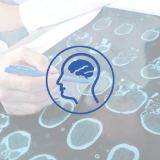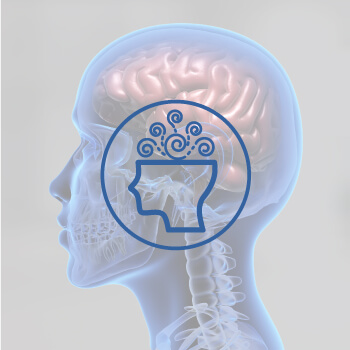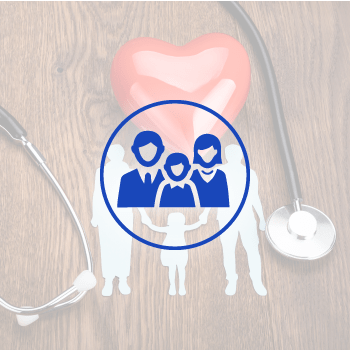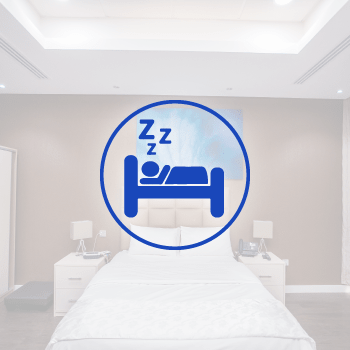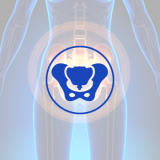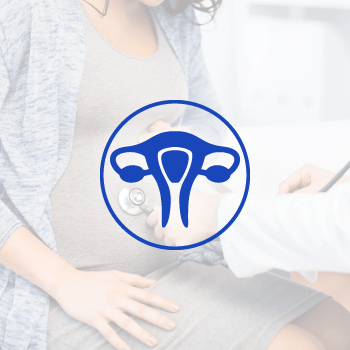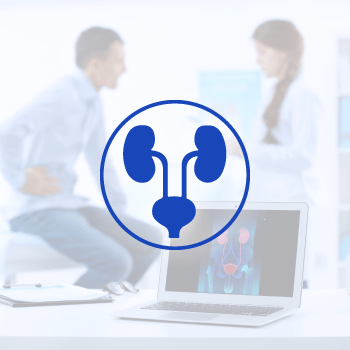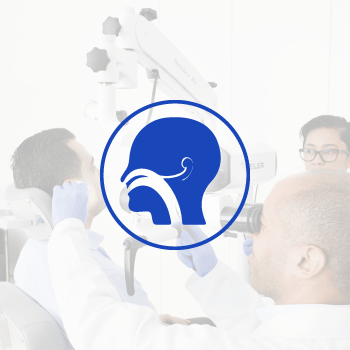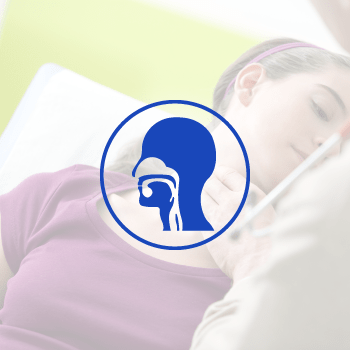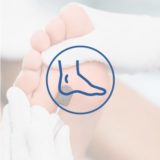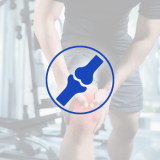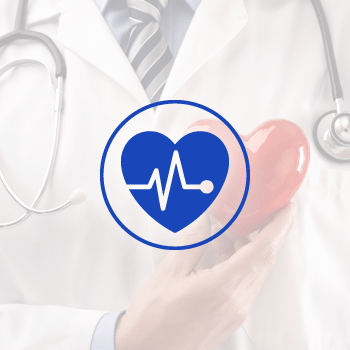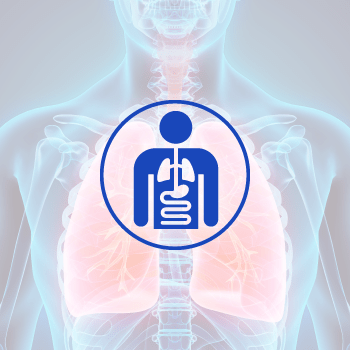DERMATOLOGY & COSMETOLOGY
Our cosmetic services at HSMC vary from facial treatments to hair removal therapy and body Contouring. With our various state of the art equipment we guarantee great results and services to all our patients.
OUR DERMATOLOGY SERVICES:
Platelet Rich Plasma (PRP) Treatment
Platelet Rich Plasma Therapy or PRP is an emerging treatment in health care to rejuvenate your skin by stimulating collagen, the main component of connective tissue. The therapy improves lines, wrinkles and texture with a gradual natural change.
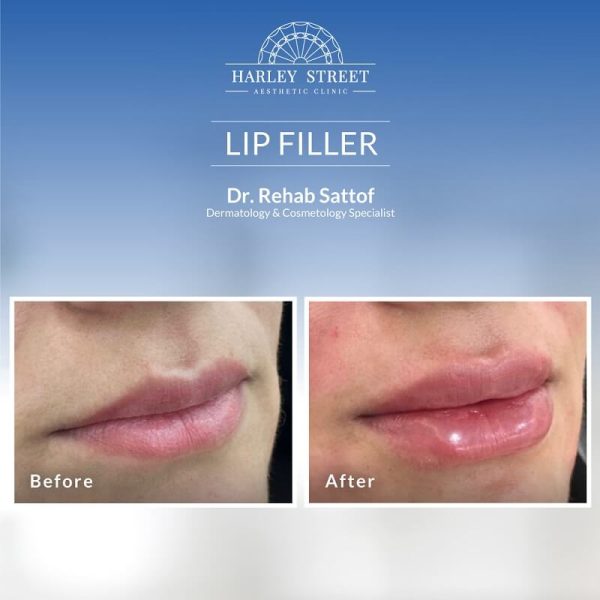
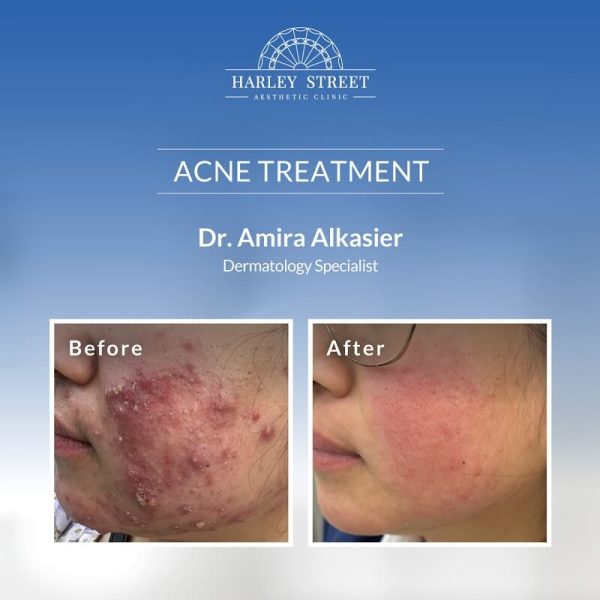
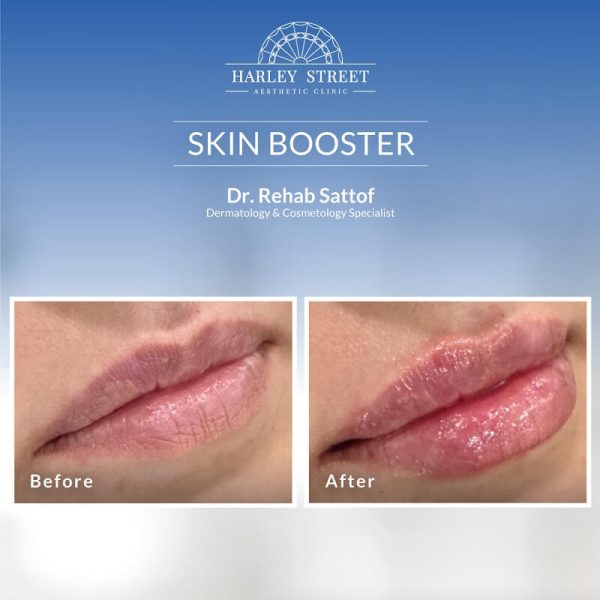
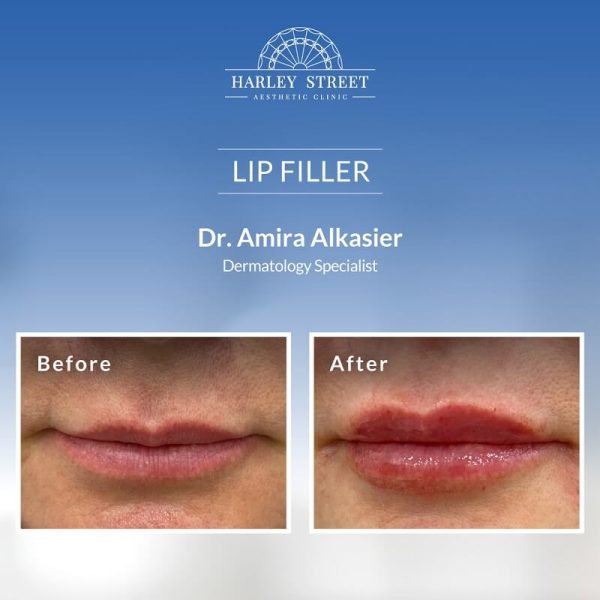
COSMETIC SERVICES
- Facial Treatments
- Laser Hair Removal
- Slimming & Body Contouring
Chemical Peels
A chemical peel is a cosmetic procedure to exfoliate the weather-beaten and damaged external layer of skin revealing the underlying new, more firm and smooth skin. It is recommended for reducing fine lines and wrinkles, blemishes and age spots as well irregular pigmentation on face and neck.
Different types of chemical peels are available for use in different skin types. They vary in the degree of penetration and peeling. Stronger chemical peels penetrate very deep into skin and give better results but cause more discomfort and delays recovery time. Strong chemical peels such as phenol peel need general anaesthetic during treatment and pain medications after the treatment. Patients can expect redness in the area of peel that lasts for longer duration. These traditional chemical peels also cause infections, hyper-pigmentation marks and also may leave permanent scars. Ingredients of a chemical peel can range from different types of alpha-hydroxy-acids to TCA (tricholoracetic acid) – indicated for photoaging skin and skin rejuvenation.
The type of peel to be used and the duration of treatment depend on improvement required and nature of skin. Aesthetician will choose an appropriate chemical peel based on the skin type.
To achieve the best possible outcome and avoid untoward effects, please inform aesthetician if you have any of these conditions:
- Prone to cold sores
- Keloid scars caused by previous cosmetic procedures
- On medication for any illnesses
These factors are important and can affect the outcome of the peel treatment substantially. After any peel treatment you should protect your skin from sun exposure and avoid smoking as these factors affect the healing process.
Deep Purifying-Facial
Purify skin from impurities and leave the skin completely refreshed. Done as preparation for the skin before all the facials for the patients with too much degree of comedones (whiteheads or blackheads). It is one of the best ways to clean the pores and release toxins.
Pearl Touch Treatment
Vitamin C considered as an anti-aging superstar, it’s essential component in the body’s production of collagen and a potent antioxidant that can help rejuvenate aged and photo damaged skin. It helps to even your skin tone, revitalize skin’s surface, significantly improve hydration, and keep your skin looking younger, longer.
Polishing Treatment
From minimizing fine lines to improving your pores, it is safe and highly effective way to restore a clear, youthful glow to the skin. Microdermabrasion sloughs off the dead and dull surface layers of the skin, stimulating an increase in collagen production and rejuvenation, it enhances circulation and lymph flow, which promote the internal health of the skin. The Caviar gives a gorgeous shine, radiance and colour to the skin, it promotes cell regeneration.
Greenage Treatment
Do you have blackheads and other non-inflammatory blemishes? This facial makes your skin look more radiant, and reduces the amount of breakouts you get. This Acne Treatment works on unblocking the sebaceous follicles, preventing the retention of sebum and the formation of blackheads; the effectiveness of it appears to be due to its antibacterial, peeling (keratolytic), and drying actions.
Rejuvenating Meso Face
A series of micro injections are applied at the epidermal layer of the skin, these injections contains a series of ingredients found naturally in the skin such as hyaluronic acid, vitamins (A, B, C, E, K) minerals, coenzymes and nucleic acids. Mesotherapy improves the appearance of the skin, slows the onset of fine lines and wrinkles, reduces sagging and restores hydration.
PCA PEEL (face/body)
It’s exceptional treatment for aging skin, breakout prone skin, improving the appearance of fines lines and wrinkles, and promotion of an even skin tone.
Meso Eye Treatment
A solution to mask your age and fill your eye contour. A combination for prevention of wrinkles around the eyes, with draining and cooling properties.
Hydrafacial
Hydrafacial MD is multistep treatment that combines the benefits of next-level hydradermabrasion, a chemical peel, automated painless extractions and a special delivery of Antioxidants, Hyaluronic Acid and Peptides
It removes dead skins cells and impurities simultaneously bathing bathing the new skin with cleansing hydrating serums
The treatment is soothing, refreshing, on-irritating and immediately effective.
Red Carpet Facial Treatment
What’s Laser Hair Removal?
Though hair provides insulation to our body, they can also affect the perfect look of a person. Unwanted hair on the visible areas of the body like arms, legs, face and back are one of the main cosmetic problems faced by many.
Now no more painful waxing, tweezing, shaving or any other painstaking methods, laser hair removal is one of the most commonly done cosmetic procedures.
HSMC gives you the opportunity to experience the latest and fastest most powerful lasers technology, which is fully FDA approved. No redness, no burning, secure and excellent results on all skin and hair types. We give you the perfect solution to your needs with guaranteed results.
How does the laser work?
It beams highly concentrated light into hair follicles. Pigment in the follicle absorbs the light that destroys the hair. It is important to treat each follicle during the growth cycle for maximum hair removal.
Which areas can be treated?
All body areas can be treated with the lasers: lips, chin, cheeks, neck, armpits, bikini, around the nipples, full back, full chest, shoulders, full legs, arms…
How long will it take?
It depends on the area to be treated:
- Small body areas (face, underarms, bikini…) take 5 to 15 minutes
- Larger body areas (full back, legs, arms…) usually take about 30 to 120 minutes depending on the area
How to Prepare for Laser Hair Removal?
If you are planning on undergoing laser hair removal, you should:
- Limit plucking, waxing, and electrolysis for six weeks before treatment. That’s because the laser targets the hairs’ roots, which are temporarily removed by waxing or plucking
- Avoid sunbathing, tanning beds, waxing, chemical peels or collagen injections for two weeks before and after the procedure
- Avoid perfumes, deodorants or any potential irritants in the treatment area before and after treatment
Is Laser Hair Removal for everyone?
Lasers can selectively target dark, coarse hairs while leaving the surrounding skin undamaged, it will not work on white, grey, light red or light blond hair follicles.
Is Laser Hair Removal Permanent?
New technology is capable of giving permanent removal for ALL skin types, both male and female, for ALL parts of the body. The number of sessions needed to achieve these results can vary from person to person depending on many factors such as age, skin type and amount of hair, hair color, hair texture, and hormonal balance.
During your consultation; you will be advised as to the approximate number of treatments.
What happens to the skin after the treatment?
Following treatment, patients should expect:
- Redness and swelling of the hair follicle, which is a normal occurrence
- To be given a prescription for a topical antiseptic cream to be applied after treatment
You are able to reapply your make-up, return to work, and continue with your normal daily activities.
What are possible side effects?
As with any treatment, there are risks associated with it, though they are minimized in the hands of a qualified therapist. These include:
- Pain
- Blisters
- Burns
- Skin pigmentation problems
- Scarring
Or
With our machines and our sufficient experience, you will not experience any damage to your skin. All the possibilities are short term reactions such as a redness which may take from a few minutes to several hours to fade away.
What are the machines used at HSMC?
Offering superior results to the widest variety of patients is crucial. Therefore, to perfectly match the needs of any practice for any kind of hair and skin we at HSMC use:
- Alexandrite laser (Elite/Cynosure®)
- Nd:Yag Laser (GentleYag/ Candella®)
- Q-Switched Nd:YAG laser (Revlite/ Cynosure®)
Vela shape III (for cellulite treatment and body contouring)
VelaShape III is a safe and effective treatment for body contouring and the reduction of cellulite (Cellulite consists of fatty deposits on the areas of the hips, thighs and buttocks which appear as lumpy, dimpled skin). It is a simple, painless and non-surgical treatment.
VelaShape III is effective in the treatment of thighs, hips, buttocks, abdomen, and arms. In addition it is also found to be helpful in treating post-pregnancy belly.
VelaShape III targets cellulite by increasing the metabolism of fat cells through the use of a precise heating system. This in turn stimulates the production of collagen and also promotes cellular metabolism leading to a restricted reduction in skin laxity and volume. In addition the mechanical tissue stimulation causes an instant increase in circulation and improves lymphatic drainage thus reducing cellulite. This is an effective treatment for all skin types.
Cellulite and circumference reduction as well as improved contour can be experienced with four to six treatments. The results of the treatments are long lasting and can be maintained with the help of a maintenance treatment every 1 to 6 months.
How long does it take to see results from velashape?
Most clients can see results after three sessions, but 4–6 weekly treatment sessions are recommended for optimal results. Each VelaShape session takes about 30 minutes.
CoolTech®
CoolTech® procedure effectively reduces localized adipose tissue using a controlled freezing system with a non-invasive, safe and effective method.
Applicators
Two applicators to treat two areas in one session. Each applicator is independent; it has its own temperature control and suction.
Advantages
- Non-invasive technology that delivers freezing in a controlled way.
- Visible results starting 15 days from the first session.
- The procedure allows the patient to immediately resume their lives
- Less session time, optimization of the treatment and maximization of results.
- Maximum required is 3 sessions per one area for remarkable results.
- Two handles to treat 2 areas at the same time regulated independently.
What can CoolTech® do for you?
CoolTech® procedure effectively reduces localized adipose tissue using a controlled freezing system with a non-invasive, safe and effective method.
What is Cryolipolysis using CoolTech®?
Cryolipolysis is the non-invasive freezing of Adipose Tissue to induce Lypolysis (breaking down Fat Cells).
How Does It Work?
A non invasive applicator is attached to the targeted procedure area to extract heat from the underlying Fat tissue, while protecting the skin, nerves, muscles and other tissues.
On What Body Areas Can I Be Treated?
- Abdomen
- Flanks
- Thighs
- Hips
- Knees
- Arms
- Abductors
How Quickly Will I Notice Change?
Results in Localized Fat reduction are seen starting 15 days and will experience the most dramatic results after 8 weeks.
Is The Treatment Safe?
The treatment is safe and effective. Typically there is minimal to no downtime after the treatment.
Are The Results Permanent?
After Cooltech treatment, the treated Fat Cells will be eliminated via normal physiological body system. As long as you maintain your weight with your normal diet and exercise, your long term results should remain stable.
COSMETIC GYNECOLOGY
- Services
- Vaginoplasty (vaginal reconstruction, surgical & non-surgical)
- Vaginal tightening
- Hysteroscopy
- Femilift
The Femilift method is the non-invasive correction of vagina relaxation and the treatment of female urine incontinence which derives from strain.
Femilift offers prevention but also treatment of these conditions, while it does not require painful and redundant surgery.
During this method a certain laser is used which succeeds in tissue renewal in the vaginal canal, in order for its diameter to be substantially reduced.
The application of Femilift is totally bloodless and painless.

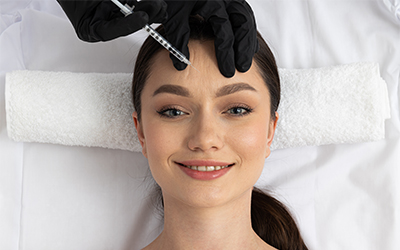
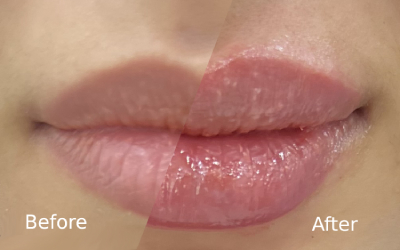
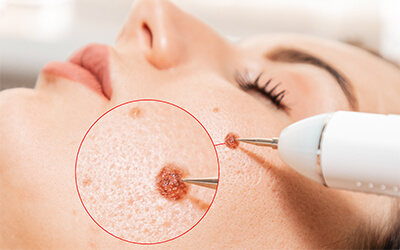
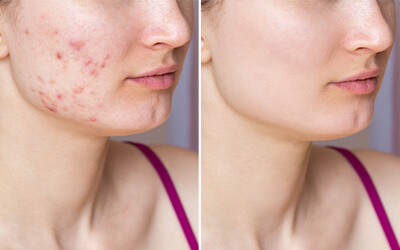
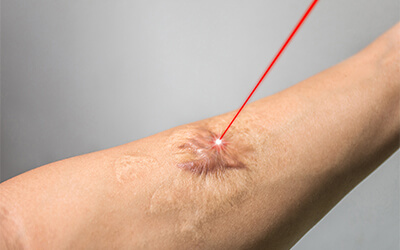
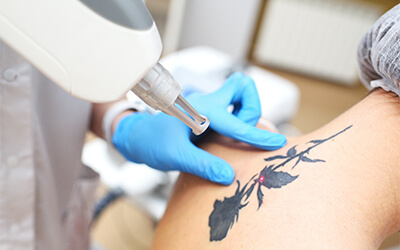
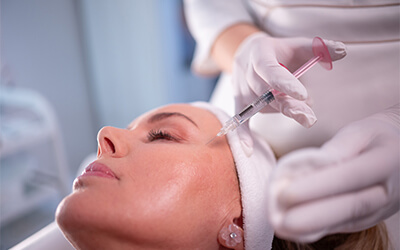
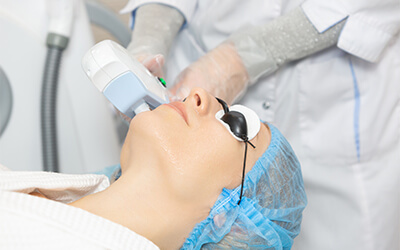
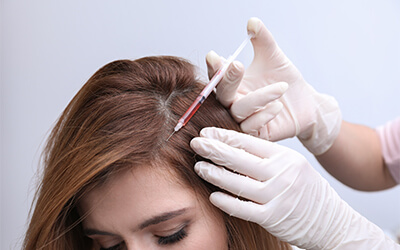
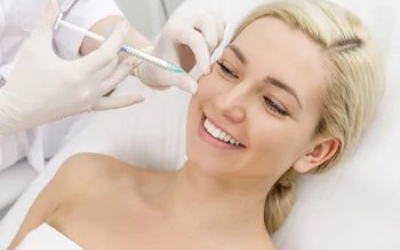
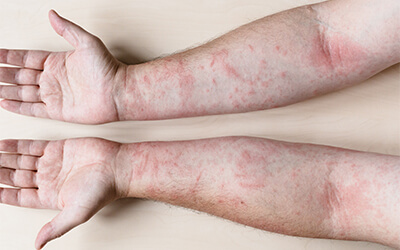
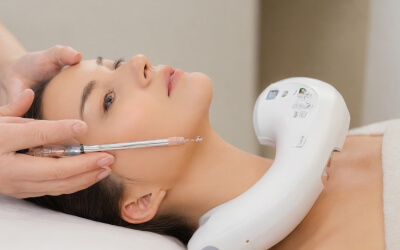
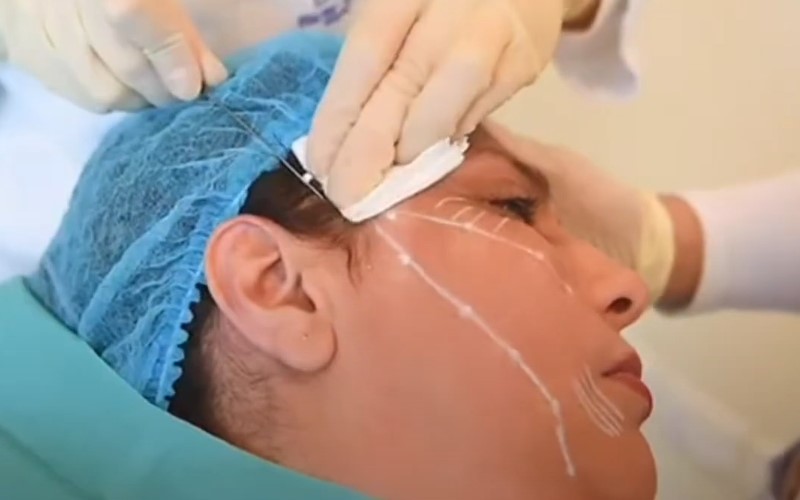
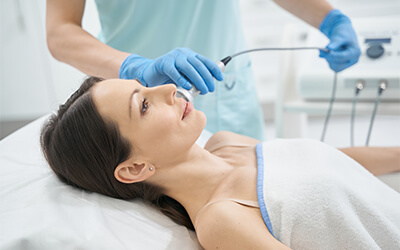

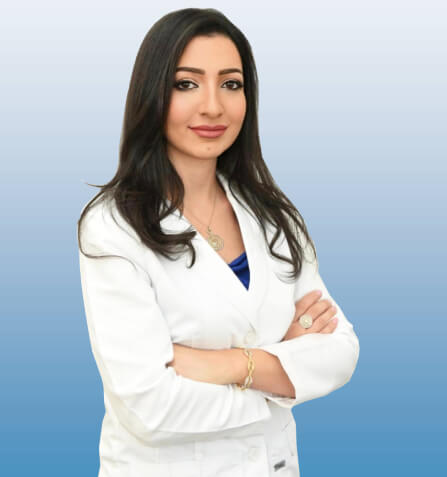
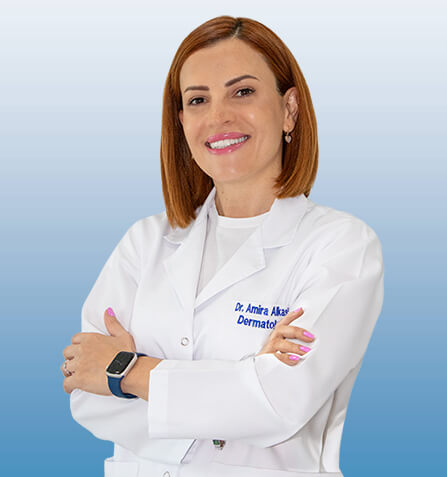
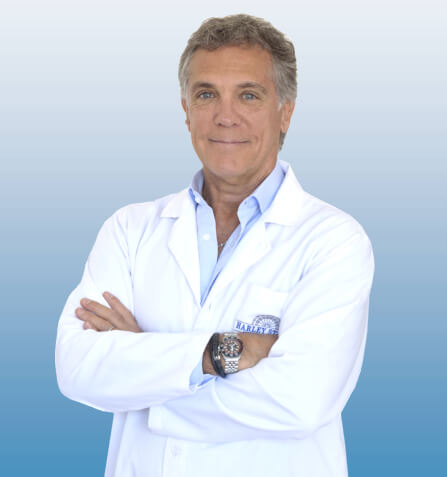
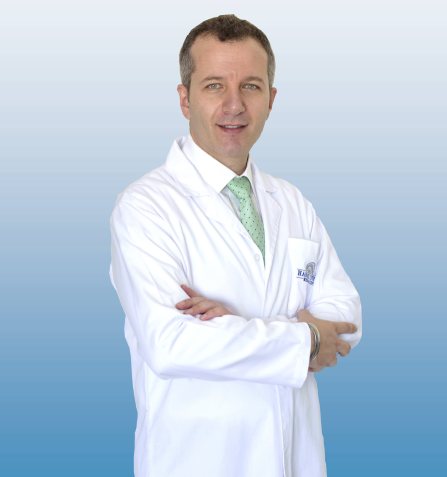
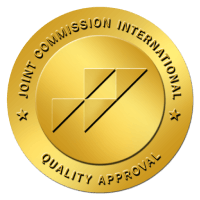
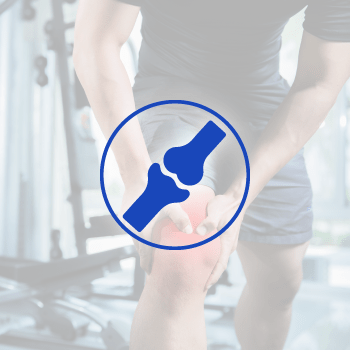 أنقر هنا
أنقر هنا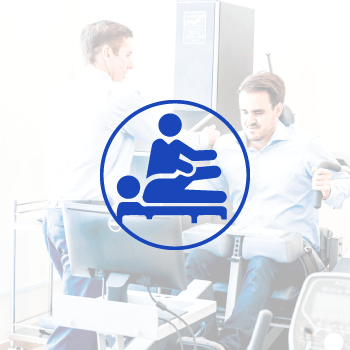 أنقر هنا
أنقر هنا